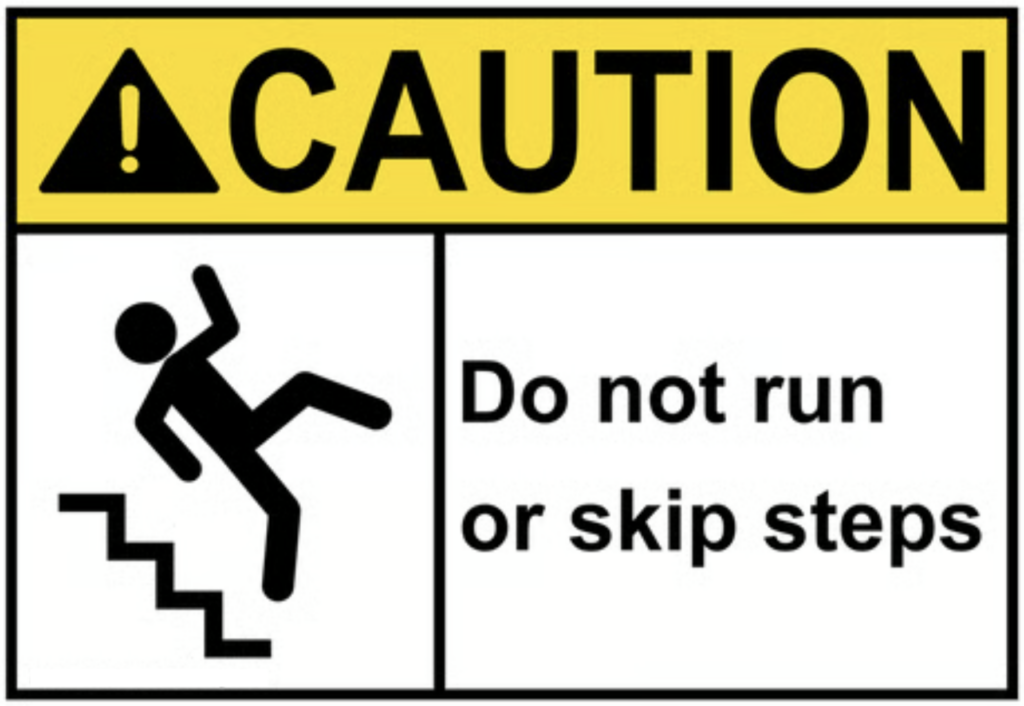Hey traders,
I’ve seen a lot of traders this week doing the exact opposite of what works.
Chasing strength right into exhaustion. Getting excited when a stock breaks out, buying way too high, and then holding through the pullback, hoping it’ll come back.
I’ve been there. More times than I’d like to admit.
But I don’t trade like that anymore.
Now when I trade, it’s not random.
I study the chart, look at how it moved before, check who’s involved, what the float looks like, what the volume’s telling me, and whether it actually has range.
I map out my risk before I enter, so I’m not stuck reacting emotionally once I’m in.
Some of the trades I took yesterday followed the plan perfectly.
One didn’t. But I knew exactly what to do in each case because the prep came first.
Newer traders skip that step—they want results, but they’re trading off of what feels good in the moment, not what actually makes sense based on how the setup played out in the past.

The market’s closed today. This is the perfect time to step back and actually study. Not scroll. Not chase alerts. Study.
Check out how I approached those trades yesterday and what I’d be focused on if I were still figuring this stuff out:
You ever notice how the same setups show up over and over—but the outcome depends on who’s trading them and how prepared they are?
That’s been the theme all week.
I’ve been watching certain tickers line up premarket with almost textbook potential.
Then I check social media or get messages from traders who bought them five or ten minutes too late… and now they’re holding a top.
It’s not that the setup failed.
It’s that they didn’t know what to look for when it actually mattered.
There’s a difference between watching a stock move and understanding what makes it move.
You can’t see that if you’re only looking at it in real time. That comes from reviewing past runs, tracking the patterns, understanding how volume came in last time, how long it held up, and what kind of behavior followed.
When I looked at one of the breakouts I traded yesterday, Webull Corporation (NASDAQ: BULL), I already knew what I wanted to see. It had volume, a float I liked, and a recent history of squeezing.

I’d seen the same kind of setup run a few times already this month.
So when it started to build, I didn’t hesitate. But there was another trade I took that same morning that barely moved with T-Rex 2X Long MSTR Daily Target ETF (NASDAQ: MSTU).

I got in based on what could’ve happened, but when the volume didn’t follow through, I cut it quickly and didn’t overthink it.
Cutting losses used to be the hardest part for me.
I used to convince myself to “give it more time” or “wait for a bounce.” That never worked.
When a trade doesn’t do what it’s supposed to, that’s the decision point.
Then there was one more opportunity— ProShares UltraPro Short QQQ (NASDAQ: SQQQ), a short-term scalp.

Not a huge gain, but I saw it aligned with my prep and took it with size.
Got in, got out, done.
That’s what a lot of traders overlook.
Not every trade has to be a massive breakout.
Some of my best weeks came from stacking small, well-planned trades that followed my system.
But you don’t build that kind of consistency by trading every setup that moves.
You build it by filtering the noise. Study what worked. Track what didn’t.
And build a feel for where things go wrong, so when it starts happening again, you’re ahead of it.
That’s exactly why I love market-closed days like today.
You’re not reacting to price action. You’re not stuck in a trade. You have a window where you can look back at the entire week and ask real questions about what actually worked.
Not what looked good in hindsight—but what signaled early, what held key levels, and what sucked traders in before failing.
Go pull up charts. Watch how the big runners behaved in the first 10 minutes versus the next 30. Look at volume shifts. Look at the float. Look at who was involved.
Start tracking those details, and you’ll begin to recognize the shift before it happens.
You won’t need someone to alert it—you’ll already know what to watch for.
That’s where the edge comes from.
If you’re serious about getting better at this, take today seriously.
Study the setups, even review your own trades.
Figure out where your process broke down, then fix it before Monday.
And if you want to see how I’m doing that in real time, I’m walking through all of this during the Challenge webinar at 2:00pm EST.
>> Join Me Here <<
I’ll cover my watchlist, my recent trades, and how I’m adjusting to what the market’s giving me right now.
If you’re in the Challenge already, make sure you’re there live.
And if you’re not? This is the kind of stuff we focus on every single week.
See you there,
Jack Kellogg
P.S. I’ve got something lined up for 2:00pm EST that I think you’ll want to see, don’t miss it.


